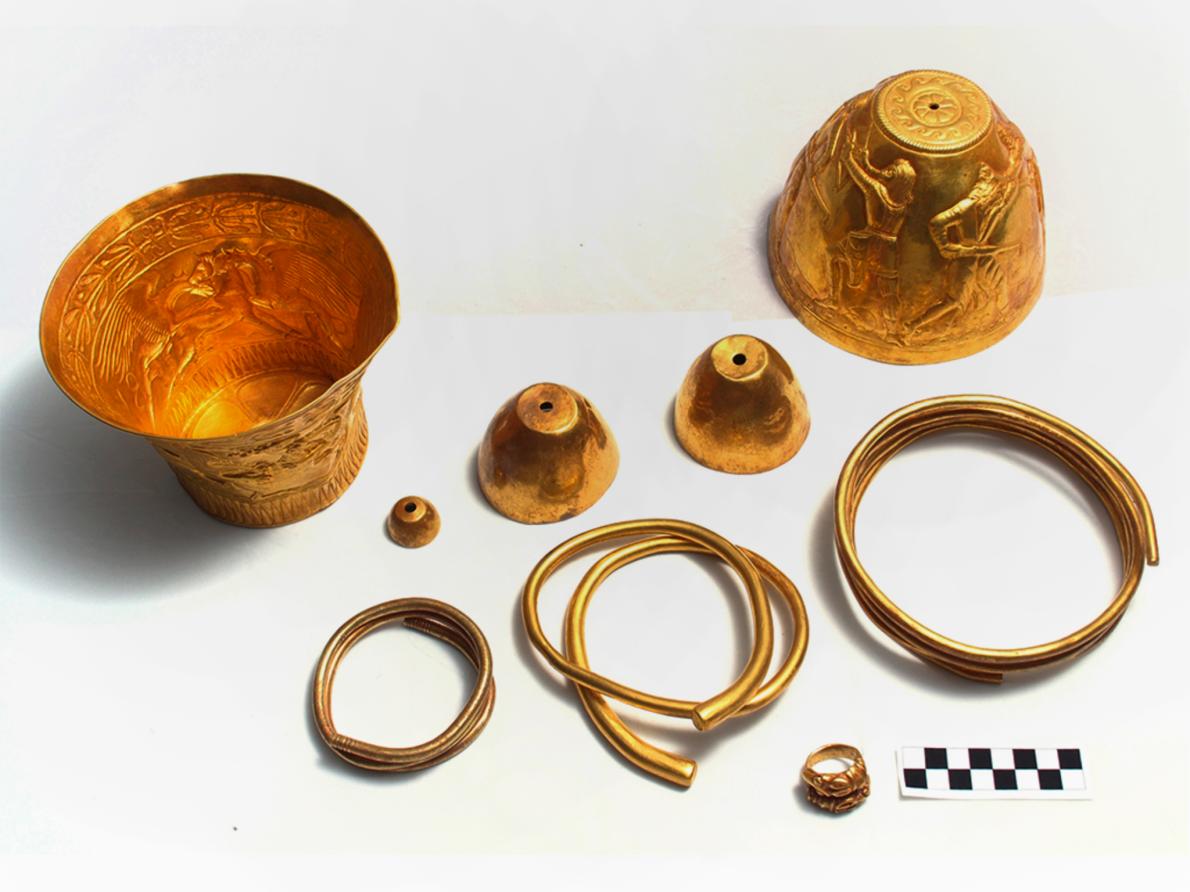
Vessels discovered in a Scythian grave mound contained traces of opium and marijuana, confirming the claim of an ancient historian.
They ruled the vast grasslands of Eurasia for a thousand years, striking fear into the hearts of the ancient Greeks and Persians. But they left no cities or settlements behind, only massive grave mounds, called kurgans, dotting the steppes from Mongolia to the Black Sea.
Now one of those kurgans, located in the Caucasus Mountains of southern Russia, has yielded an intriguing discovery: golden artifacts that are shedding light on the shadowy world of the Scythians, fierce nomads whose exploits—and drug-fueled rituals—were chronicled by the Greek historian Herodotus.
"It's a once-in-a-century discovery," says Anton Gass, an archaeologist at the Prussian Cultural Heritage Foundation in Berlin. "These are among the finest objects we know from the region."
The find—kept secret until now to protect it from looters—first came to light in the summer of 2013, when Stavropol-based archaeologist Andrei Belinski began excavating the kurgan, called Sengileevskoe-2, to clear the way for a power-line project.
At first Belinski wasn't optimistic about finding much inside, as there were telltale signs that the kurgan had been plundered in the past. But a few weeks into the excavation, his team came across a thick layer of clay. Digging underneath, they discovered a rectangular chamber lined with broad, flat stones. Inside was something the looters somehow had missed: golden treasures placed there 2,400 years ago.
The chamber contained two bucket-shaped gold vessels, each placed upside down. Inside were three gold cups, a heavy gold finger ring, two neck rings, and a gold bracelet. In all, the well-preserved gold artifacts weighed nearly seven pounds (3.2 kilos).
"It was definitely a surprise for us," Belinski says. "We weren't expecting to find anything like this." (Read about another excavation of a Scythian kurgan and its gold.)
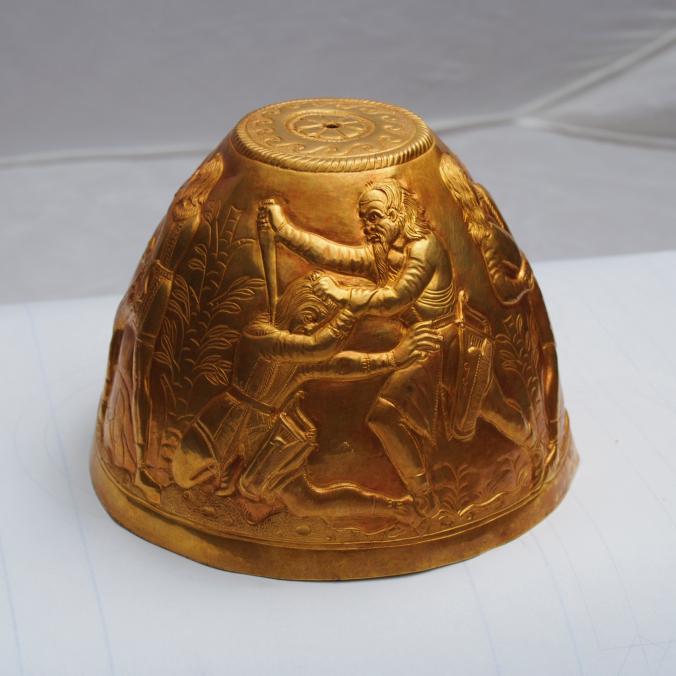
Because the sticky residue was found on the inside of the vessels, Belinski and Gass think they were used to brew and drink a strong opium concoction, while cannabis was burning nearby. "That both drugs were being used simultaneously is beyond doubt," Gass says.
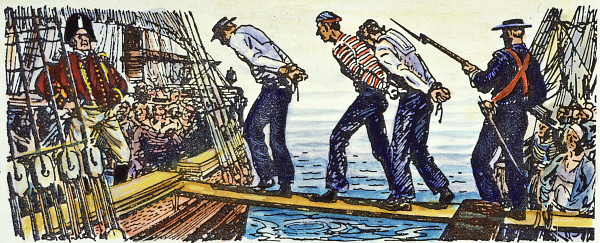
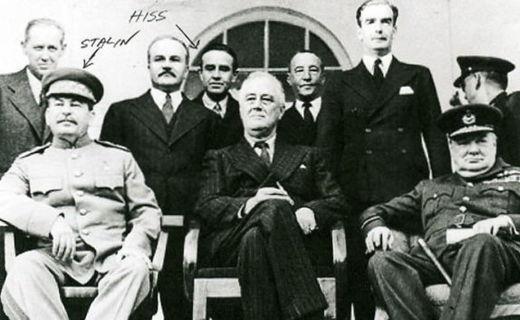
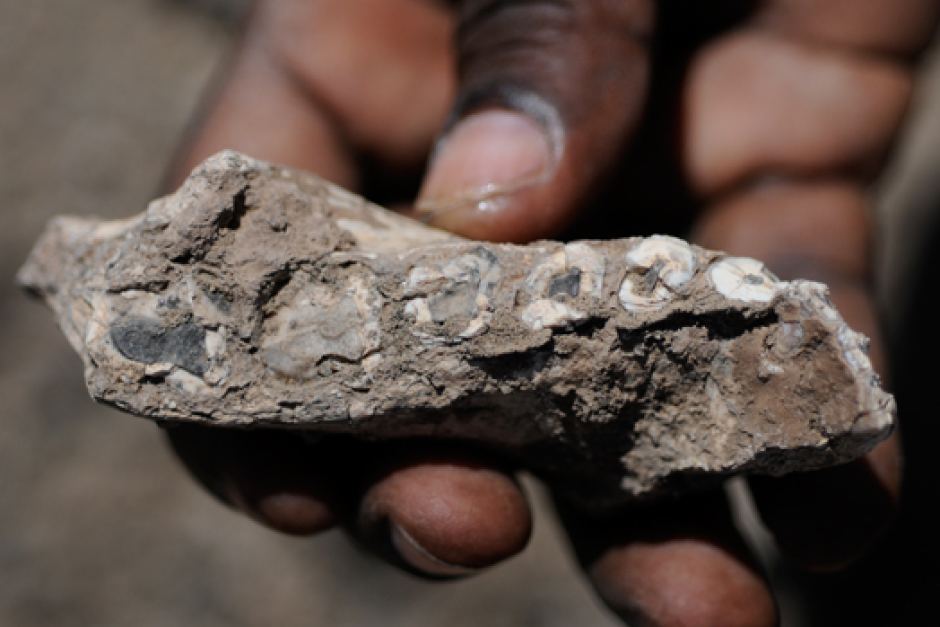
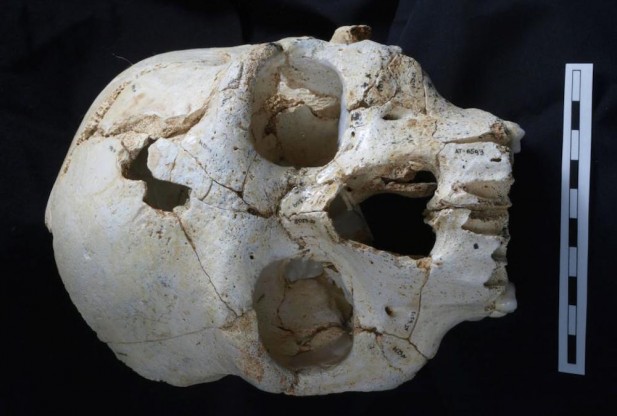
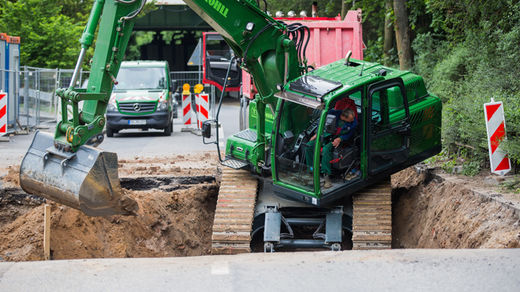
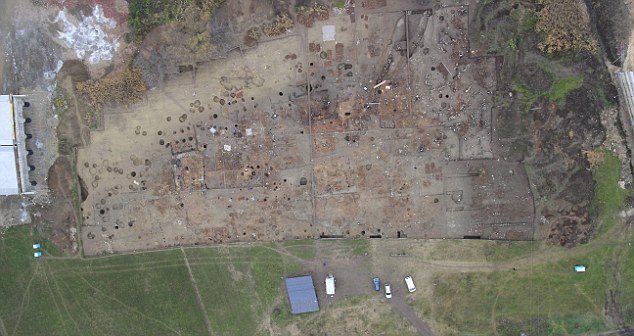
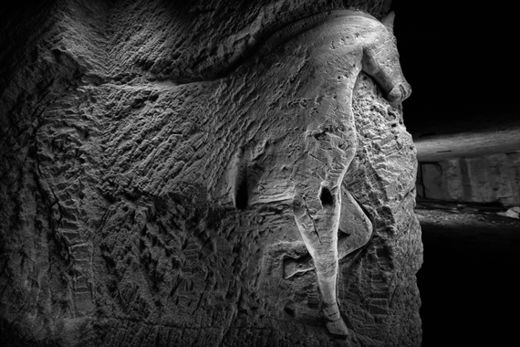
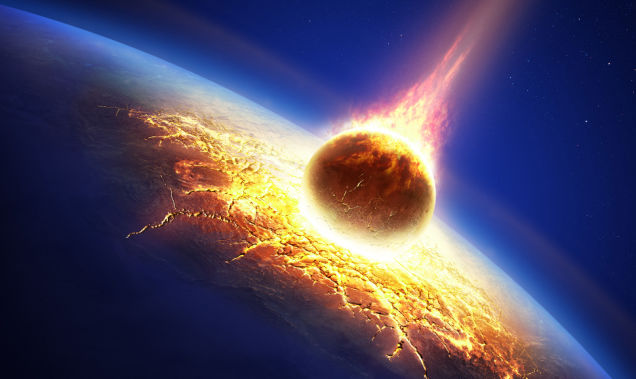
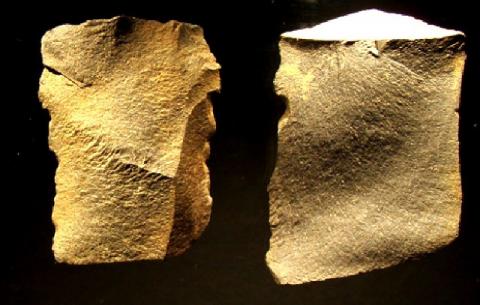



Comment: Is it any wonder that Russia has such a deep-rooted mistrust of the West?